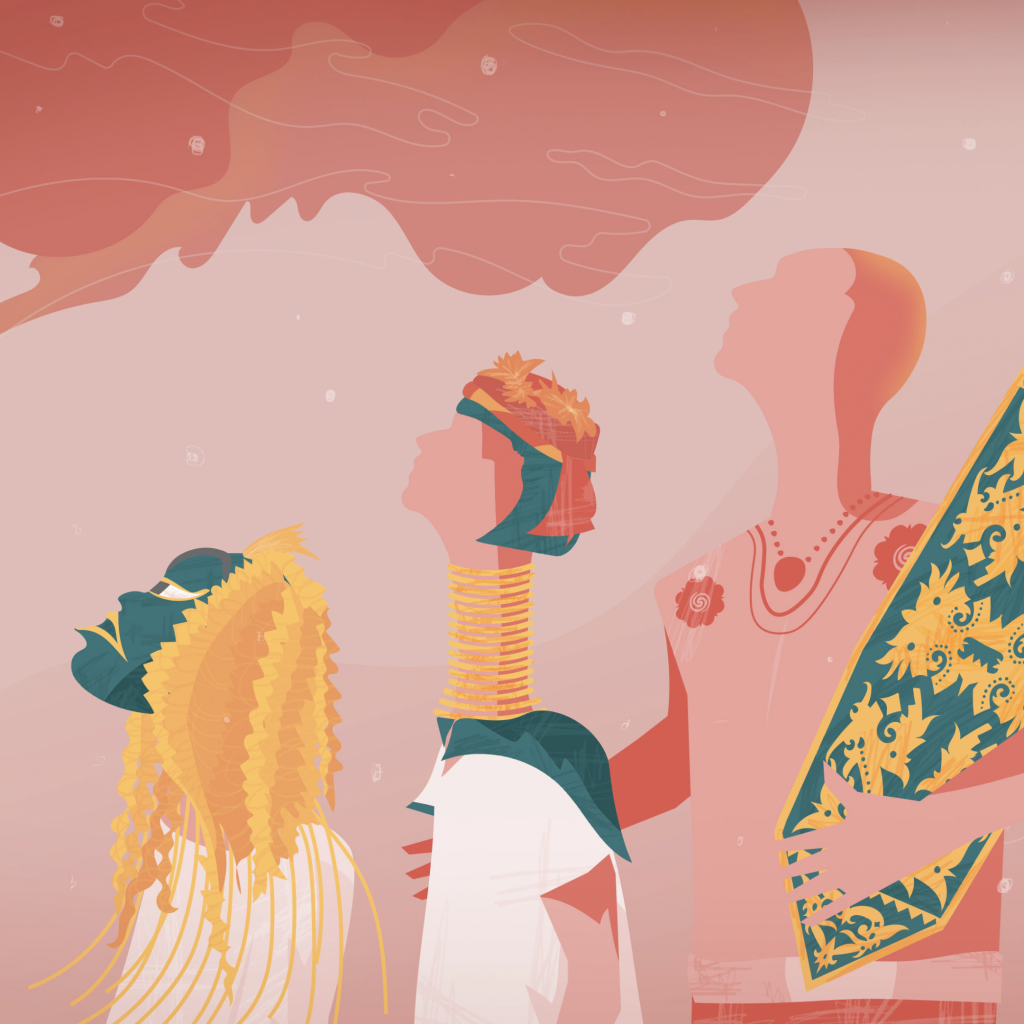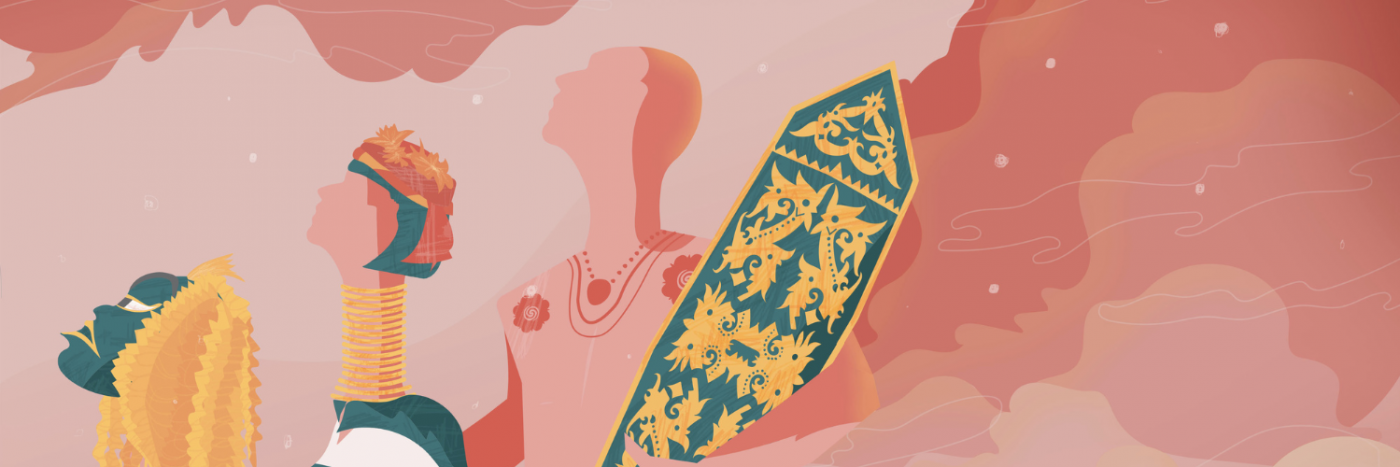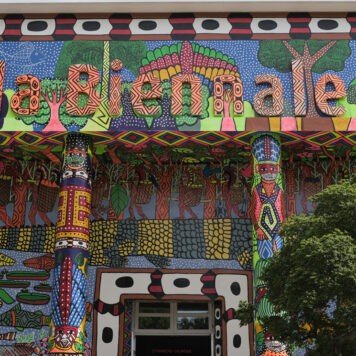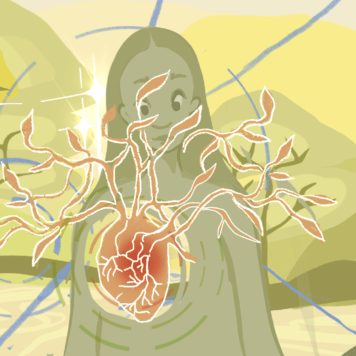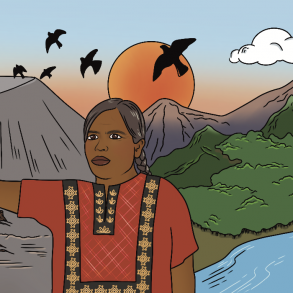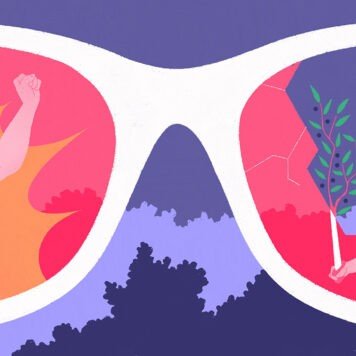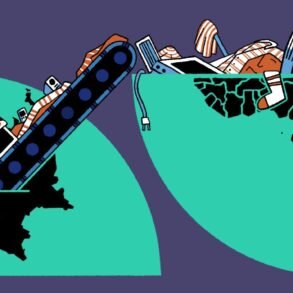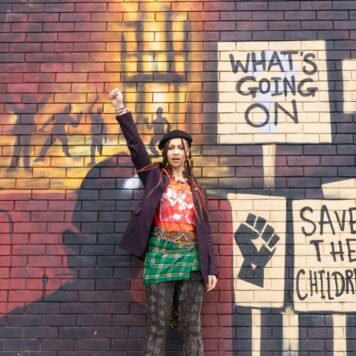Many people might remember human zoos as a dark, disturbing part of colonial history. But the rise of Indigenous tourism begs an uncomfortable question: Do such tours perpetuate colonial narratives, or do they benefit Indigenous communities?
From the 1870s till well late into the 1950s, Indigenous people from colonised tribes in Asia, Africa, and Native America were kidnapped and brought to European capitals and the United States, where they were put on display and ogled at by Western observers.
Created in the name of intercultural exchange, colonial subjects were set up in their “natural” or “native” environments in international fairs that were widely popular during their time. In what were essentially human zoos, various tribes were made to don traditional costumes and perform for the pleasure of paying customers. Whole villages and lifestyles were re-enacted to allow Europeans a peek into the lives of the “Other”—the Indigenous communities they had only heard about through news of colonial conquests abroad.
Today, some have compared human zoos to Indigenous tourism activities across Asia and Africa, such as hill tribe treks and cultural villages, where remote communities are often paid little to reenact stereotypical or superficial aspects of their culture for passing tourists.
Have colonial attitudes steeped into the present?
While comparing Indigenous tours to human zoos might seem pretty extreme, it is tough to disentangle Indigenous tourism activities from the vestiges of colonialism, especially as a significant number of tourists to the Global South come from Western ex-imperial states.
In colonial times, interest in Indigenous people specifically revolved around their usefulness as anthropological curiosities, or to convert them to Christianity. Many interactions between Europeans and non-Europeans had an overarching mission to civilise the natives, whom the colonists felt lacked moral, specifically Victorian values such as modesty and strict social roles.
Human zoos were just one way of making Europeans feel culturally and morally superior. This served to justify domination over non-European peoples across the Global South.
What is Indigenous tourism, exactly?
Indigenous tourism is broadly defined as tourism activities in which Indigenous people are either directly involved in and/or have their culture serve as the essence of attraction. It is supposed to be a means to bring socio-economic benefits to Indigenous communities.
Considering the strain of over tourism in major destinations, governments are also driven to divert tourists (and their wealth) from overcrowded cities to less trodden areas. Indigenous tours are sometimes touted as a form of sustainable ecotourism, where travellers leave a lighter carbon footprint while meaningfully engaging with local communities.
For tourists seeking “authentic” and “local” experiences coupled with a dose of “action” and “adventure”, Indigenous tours appear to fit the bill. Most Indigenous communities hold strongly to their traditions, and have an intimate knowledge of the lay of the land. These keywords are commonly used to market unique, off-the-beaten-track tours that promise rich cultural experiences.
Less prominent are portrayals of Indigenous peoples as “ancient” and “prehistoric”, although embedded in these ongoing narratives is the idea that these communities are simple, or backwards. Outsiders tend to view Indigenous peoples as stuck-in-time, and have expectations of how “traditional” they should act. One might witness a ritual or dance performed out of season in a cultural village, or admire traditional garb that Indigenous peoples would not otherwise wear on a daily basis.
According to Yee Kuat, who is Indigenous Temuan, many Indigenous communities exist in between modernisation and tradition, and “should have every freedom to shape their culture as they see fit.” He is part of one of many Indigenous communities who have opened their village up to tourism to promote understanding and prevent exploitation by others.
Who are Indigenous people?
Although Indigenous communities are sometimes used interchangeably with ethnic minorities, the former typically have shared experiences of being colonised. Non-Indigenous, or ethnic communities, on the other hand, may not have a continual history of occupying land before colonisation, and could be migrants from another place or cultural ancestry.
Land is extremely significant to Indigenous people. It does not only provide them with natural resources to survive, but it carries spiritual and cultural significance. Some areas of their customary land for example, are designated sacred, no-go areas, which help in preserving large tracts of the environment they depend on. However, denial of their land rights and corporate encroachment mean that many Indigenous peoples have lost this direct connection to their traditional livelihoods.
Few are able to earn a decent living. To make matters worse, discrimination from both governments and mainstream society, coupled with the remoteness of where they live, makes it difficult for many to access basic services, such as healthcare and education.
Across Asia, the human rights of Indigenous people have been violated time and again. In both the Philippines and Malaysia, tribes were manipulated and punished for harbouring communist sympathisers after the Second World War.
India and Japan have rejected the existence of “First People” or “Indigenous Tribes” within their national boundaries until recently. In Thailand, Indigenous groups carry tribal identity cards that dictate where they can and cannot go, and do all but grant them citizenship rights. In most of these countries, the Indigenous struggle for self-determination has either been stamped out or gone unrecognised.
A cultural and economic asset?
Although many Indigenous people today suffer from high levels of poverty and political disenfranchisement, they are a huge tourism asset in the eyes of the state. Indigenous peoples are known for their wealth in ideas, history, and stories, which continue to be their main form of capital.
Before colonisation, Indigenous knowledge systems related to medicine, plants, music, arts, architecture, governance, and conflict management flourished for centuries. Contact with European colonists decimated and subjugated these bodies of knowledge. Traditional structures, institutions, and families were destroyed as their homelands were converted to cash crop plantations, factories, and missionary schools.
Today, greater exposure to mainstream society and contact with tourists have sadly led to the commodification and dilution of Indigenous cultures. Foreigners often come with expectations on how Indigenous people live, and often leave with incomplete and ironically, unauthentic representations of these communities. In response, Indigenous communities might adapt existing traditions or even create new ones to cater to these expectations.
Subscribe to shado's weekly newsletter
Exclusive event news, job and creative opportunities, first access to tickets and – just in case you missed them – our picks of the week, from inside shado and out.

How has tourism affected indigenous people in Asia?
Given tourism’s association with colonisation, and the fraught relationship between Indigenous people and state, it is difficult to imagine that tourism can offer these communities real opportunities for socio-political empowerment.
Indigenous people might embrace opportunities to earn an alternative income. Some even see tourism as a way to reclaim their identities. But how these dynamics play out in reality is still uncertain, and may vary greatly from case to case.
No sustainable impact from tourism without land rights
Without sovereign control over their land, Indigenous people are more likely to be exploited by unethical tour operators and other institutions. A lack of rights will always put them at the losing end of tourist interactions. For many Indigenous communities, the most obvious and reliable way to earn a sustainable income is through their control over the resources of their own lands.
But Indigenous tours tend to gloss over this very urgent fact: land — the key to Indigenous identity, existence, and well-being — is constantly threatened. Tourism campaigns focus on Indigenous people’s connection to their environment as something fascinating or admirable, yet distant and exotic. Indigenous struggles against government and corporate interests are rarely, if ever, shared.
The world is only now waking up to the positive contributions that Indigenous communities are making to environmental conservation and climate change. Although they are among the first and hardest hit by both man-made and natural environmental disasters, they are also the primary guardians of the world’s remaining forests, lands, rivers, and seas.
Without recognition of their struggle and respect for their customary laws, lore, and knowledge, tourists stand to lose a lot from superficial or skewed interactions with Indigenous communities.
Does this mean that we should stay away from Indigenous tours?
To stay with a hill tribe or not? The dilemma of the traveller is not new. Many tourists seeking to know more about indigenous cultures or support them financially will think twice to avoid contributing to their exploitation. But even though indigenous tribes cannot rely on tourism alone, it remains one of the main avenues for them to earn an income, while potentially spreading awareness of their cultures under threat.
So how can tourism promote economic development for Indigenous people while helping to preserve their culture? New stories have to be told about, and by them.
For this to happen, Indigenous communities need to be granted ownership over their land and the authority to dictate the nature and extent of their participation in tourism ventures. Like everyone else, Indigenous peoples should be consulted before opening up their homes and lives to others.
Many global Indigenous-rights organisations today are working with the tourism industry to promote ethical partnerships and respect for Indigenous knowledge and values. Governments have a responsibility to consult and accommodate Indigenous people before going ahead with public policy and programmes designed to foster Indigenous tourism.
So before you book a trip with a “cultural”, “ethnic”, or “Indigenous” tour, seek out tour operators that are either owned or staffed by Indigenous people. Are these tours aligned with their principles of self-determination? Tons of resources are now available that shed awareness on their situation. This can go a long way in minimising harm, and ideally, foster a much more equal and meaningful exchange between tourist, and host.
What can you do?
- Read the original piece, complete with data visualisations, on Kontinentalist here.
- Check out Recommendations on Sustainable Development of Indigenous Tourism for tour operators, guides, travellers, and Indigenous communities
- Read Indigenous Tourism Movements
- Look at resources from the World Indigenous Tourism Alliance
